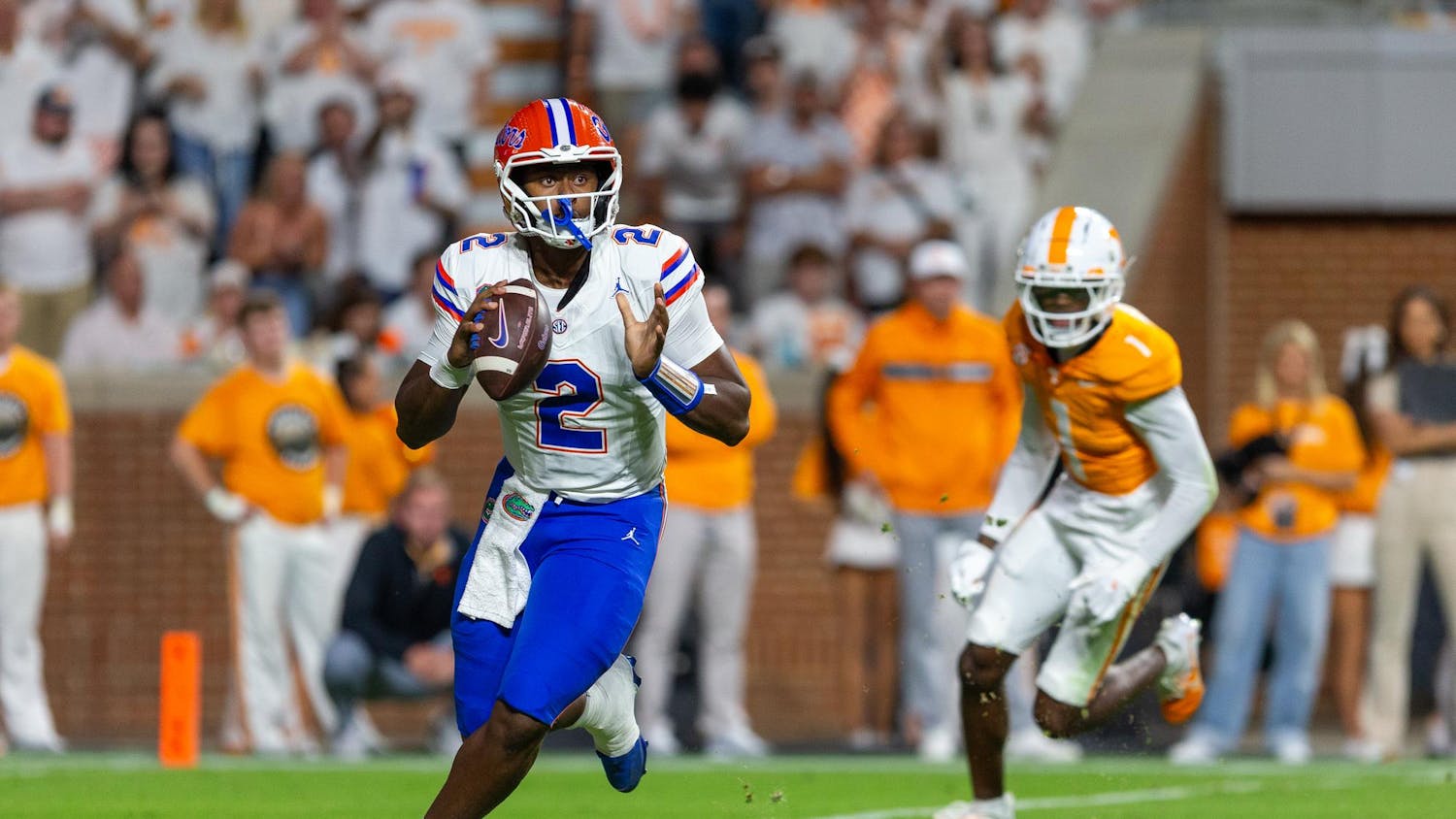Scott Foss was browsing Facebook when a familiar name began trickling into his newsfeed.
The 22-year-old recent graduate of UF's building construction program flipped on the TV and saw it there, too. In the bottom half of the screen was the same name he remembers from that September morning when he was in middle school.
Like millions his age, Foss had just caught wind of the news regarding the person some called the "boogeyman" of his generation.
In the 1940s, details of the Pearl Harbor attack crackled over radios. In 1986, Americans watched the aftermath of the Challenger explosion on their TV sets. News was broadcast the same way on Sept. 11.
But at more than 4,000 tweets per second, according to Twitter.com, social media was the lead courier for news on May 1.
"That's pretty freakin' amazing," said Gary Ritzenthaler, a UF Ph.D. student whose research focuses on the effects of technology on society.
With a global membership of 145 million, Twitter became a worldwide game of "telephone."
Some tweeted that the Air Force had made an air strike in Pakistan. Others questioned whether public enemy No. 1 had even been killed. A misquote attributed to Martin Luther King, Jr. cycled through statuses.
David Carlson, executive director of the Center for Media Innovation and Research at UF, said spotting false information online isn't as easy as doing so in the concrete world.
He compared finding an issue of the New York Times next to a National Enquirer, saying that the more valid of the two would be easy to tell.
"Let's face it," Carlson said, "there have always been good information and bad information. The Internet didn't invent those things."
Carlson said the social media explosion may also mean a new era for how the world gets its news.
He remembers standing in the Interactive Media Lab on the third floor of Weimer Hall at UF on Sept. 11, watching four monitors that showed a map of 250 news sources around the world broadcasting updates. He said it took about an hour for news of the planes flying into the towers to spread across the world.
This paled in comparison to May 1, when news, Carlson said, circled the globe multiple times in a matter of minutes.
"Regardless of the quality [of information]," he said, "dissemination is quicker."





